Why Is Blink Camera Battery Keeps Dying?
Understanding and Resolving Blink Camera Battery Drain Issues
In the age of smart home technology, security cameras have become an essential part of our daily lives. Among the popular choices, Blink cameras stand out due to their ease of use, affordability, and wireless design. However, a common issue that many users face is the rapid depletion of the camera's battery. If you find yourself constantly replacing batteries, it can be both frustrating and costly. This article aims to delve into the reasons behind this problem and provide practical solutions to extend the battery life of your Blink camera.

1. High Activity Zones
One of the primary reasons for rapid battery drain in Blink cameras is the placement of the camera in high activity zones. Areas with frequent motion, such as busy streets, front doors, or places with a lot of foot traffic, can trigger the camera to record more often. Each time the camera detects motion, it activates and records a clip, which consumes battery power.
Solution:
- Adjust Motion Sensitivity: Lower the motion sensitivity settings in the Blink app to reduce the number of unnecessary recordings.
- Activity Zones: Utilize the activity zones feature to focus on specific areas and ignore others. This can help in reducing the number of motion triggers.
- Optimal Placement: Place the camera in a location with less frequent motion to minimize unnecessary activations.
2. Frequent Live View Usage
Another significant factor contributing to battery drain is the frequent use of the live view feature. While it is convenient to check the live feed from your camera, it consumes a considerable amount of battery power.
Solution:
- Limit Live View Usage: Use the live view feature sparingly. Instead, rely on motion-triggered recordings to monitor activity.
- Scheduled Check-ins: Set specific times to check the live view rather than doing it randomly throughout the day.
3. Poor Wi-Fi Signal
A weak Wi-Fi signal can cause the camera to work harder to maintain a connection, leading to increased battery consumption. If your camera is placed far from the router or there are obstacles causing interference, it can result in poor signal strength.
Solution:
- Improve Wi-Fi Coverage: Ensure that your camera is within a good range of your Wi-Fi router. Consider using Wi-Fi extenders or mesh networks to improve coverage.
- Optimal Placement: Place the camera in a location with a strong and stable Wi-Fi signal to reduce the strain on the battery.

4. Outdated Firmware
Firmware updates are essential for the optimal performance of your Blink camera. Outdated firmware can lead to inefficiencies and bugs that may cause the battery to drain faster.
Solution:
- Regular Updates: Ensure that your Blink camera is running the latest firmware. Check for updates regularly in the Blink app and install them promptly.
5. Temperature Extremes
Blink cameras are designed to operate within a specific temperature range. Extreme temperatures, whether too hot or too cold, can affect the battery's performance and lifespan.
Solution:
- Monitor Temperature: Keep an eye on the temperature range in which your camera is operating. If possible, place the camera in a location that is sheltered from extreme weather conditions.
- Battery Type: Use lithium batteries, as they perform better in extreme temperatures compared to alkaline batteries.
6. Battery Quality
The quality of the batteries used in your Blink camera can significantly impact its performance. Low-quality or counterfeit batteries may not provide the same level of power and longevity as genuine, high-quality batteries.
Solution:
- Use Recommended Batteries: Always use the batteries recommended by Blink. Typically, these are AA lithium batteries, which offer better performance and longer life.
- Avoid Counterfeits: Purchase batteries from reputable sources to avoid counterfeit products that may not perform as expected.
7. Camera Settings
Certain camera settings can also contribute to faster battery drain. For instance, higher video quality settings, longer clip lengths, and frequent notifications can all consume more power.
Solution:
- Optimize Settings: Adjust the camera settings to balance performance and battery life. Lower the video quality, reduce the clip length, and limit the frequency of notifications to conserve battery power.
8. Environmental Factors

Environmental factors such as humidity, dust, and exposure to elements can also affect the battery life of your Blink camera. These factors can cause the camera to work harder, leading to increased battery consumption.
Solution:
- Protective Housing: Use protective housing or covers to shield the camera from environmental factors. This can help in maintaining optimal performance and extending battery life.
- Regular Maintenance: Clean the camera regularly to prevent dust and debris from affecting its performance.
Blink cameras are a fantastic addition to any smart home security system, but like any electronic device, they require proper maintenance and optimization to function efficiently. By understanding the factors that contribute to battery drain and implementing the solutions provided, you can significantly extend the battery life of your Blink camera.
Remember, the key to maximizing battery life lies in finding the right balance between performance and power consumption. Regularly review and adjust your camera settings, monitor its placement, and ensure that you are using high-quality batteries. With these steps, you can enjoy the peace of mind that comes with a reliable and long-lasting security camera system.


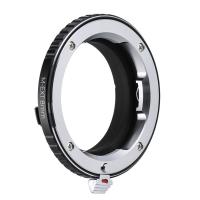
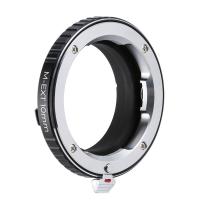
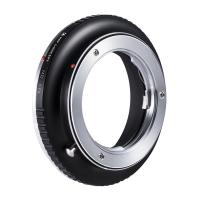
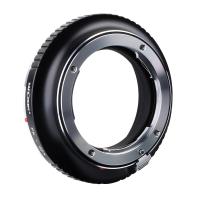

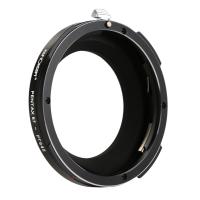

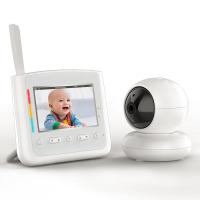










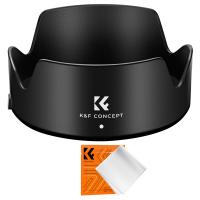




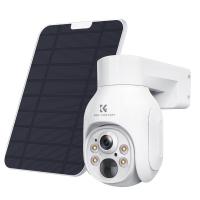




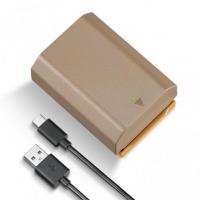




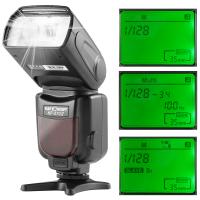
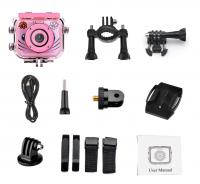



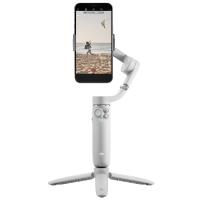

There are no comments for this blog.